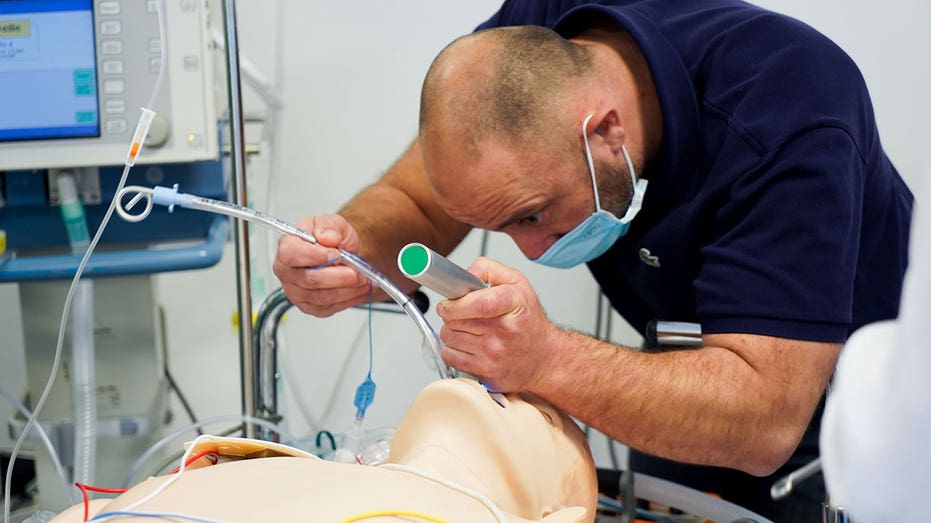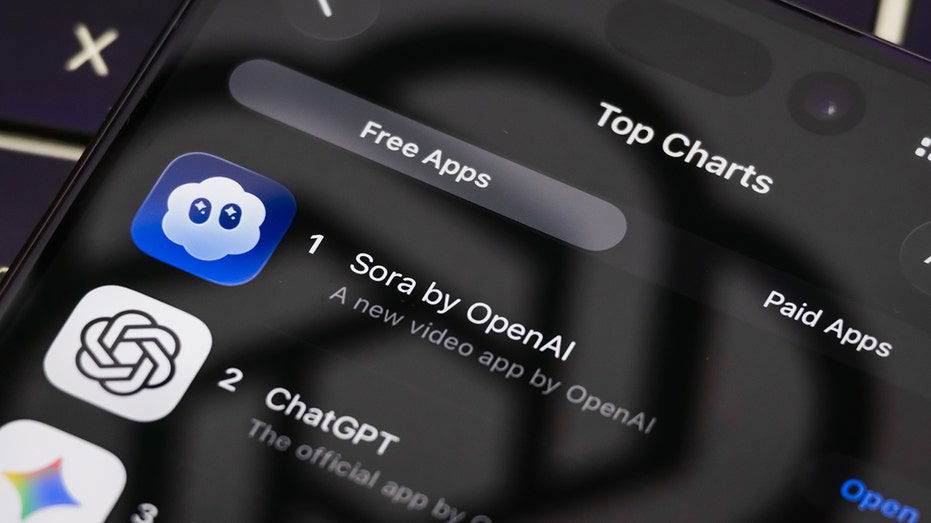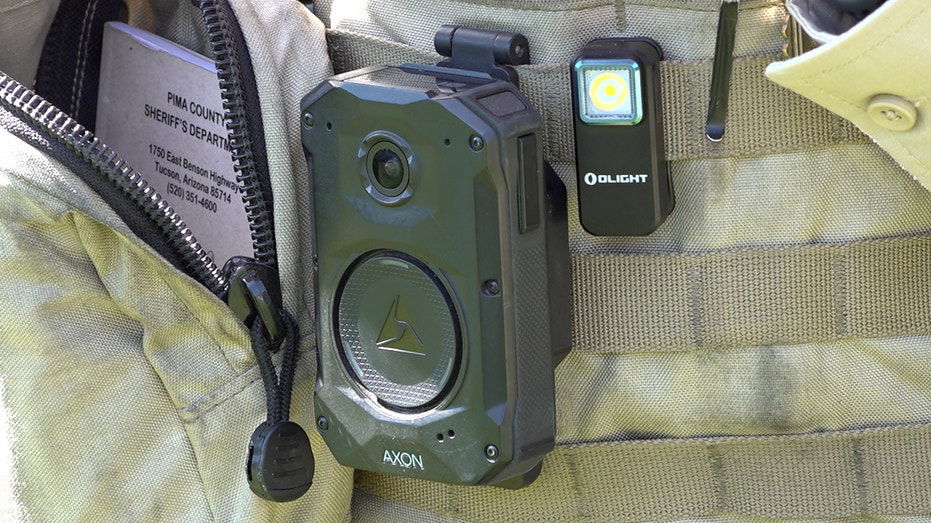- by foxnews
- 11 Oct 2025
UC Santa Barbara develops new soft robotic system for emergency intubation procedures
UC Santa Barbara researchers developed a soft robotic intubation system that achieved 100% success rates for experts and 96% for paramedics with minimal training.
- by foxnews
- 09 Oct 2025
- in technology

Sign up for my FREE CyberGuy ReportGet my best tech tips, urgent security alerts and exclusive deals delivered straight to your inbox. Plus, you'll get instant access to my Ultimate Scam Survival Guide - free when you join my CYBERGUY.COM newsletter.
Our bodies are built to keep food and foreign objects out of the lungs. A small flap called the epiglottis blocks the windpipe during swallowing, and the path into the trachea is narrow and curved. To get around these obstacles, current tools are rigid. Medics have to lift the epiglottis with a metal scope and carefully angle the tube forward. If it slips into the esophagus instead, oxygen goes to the stomach instead of the lungs. "Traditional tools must be stiff so you can push them, and they only turn by pressing on sensitive tissue," explained Elliot Hawkes, professor of mechanical engineering at UCSB.
The new system, called the soft robotic intubation system (SRIS), takes a gentler approach. First, a curved guide sits at the back of the throat. Then a soft inflatable tube slowly unrolls from the inside out as it advances. Instead of being forced in, it naturally follows the right path into the windpipe. This reduces friction, lowers the risk of injury and adapts to different body shapes automatically. "This growing paradigm naturally accounts for minor variations in anatomy," said lead author David Haggerty, a recent UCSB Ph.D. graduate.
The results are eye-opening:
Millions of emergency intubations happen in the U.S. each year. Many take place in chaotic, low-light or stressful situations where current tools don't always work. A device that makes the process easier could be a lifesaver for:
The UCSB team is now preparing for clinical trials and FDA approval.
If this device lives up to its early promise, it could mean that more patients survive emergencies where breathing stops. For families, it means a higher chance that first responders can keep loved ones alive until they reach the hospital. For medics, it offers a safer, faster tool when seconds truly matter.
Think your devices and data are truly protected? Take this quick quiz to see where your digital habits stand. From passwords to Wi-Fi settings, you'll get a personalized breakdown of what you're doing right and what needs improvement. Take my Quiz here: Cyberguy.com.
Would you feel more confident knowing first responders in your community had access to this kind of lifesaving robot? Let us know by writing to us at Cyberguy.com.
Sign up for my FREE CyberGuy ReportGet my best tech tips, urgent security alerts and exclusive deals delivered straight to your inbox. Plus, you'll get instant access to my Ultimate Scam Survival Guide - free when you join my CYBERGUY.COM newsletter.
Copyright 2025 CyberGuy.com. All rights reserved.


